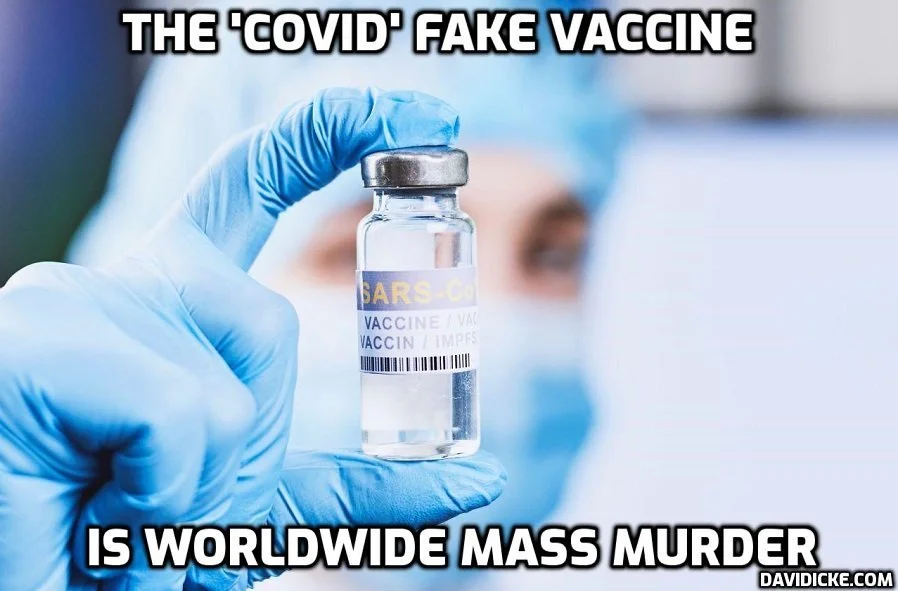Under the guise of stopping so-called mass shootings, a surveillance system backed by top Mossad, CIA and FBI Authorities is being installed in schools, churches and other locations throughout the US
/From [HERE] Launched in 2016 in response to a Tel Aviv shooting and the Pulse Nightclub shooting in Orlando, Florida, Gabriel offers a suite of surveillance products for “security and safety” incidents at “so-called soft targets and communal spaces, including schools, community centers, synagogues and churches.” The company makes the lofty promise that its products “stop mass shootings.” According to a 2018 report on Gabriel published in the Jerusalem Post, there were an estimated 475,000 such “soft targets” across the U.S., meaning that “the potential market for Gabriel is huge.”
Gabriel, since its founding, has been backed by “an impressive group of leaders,” mainly “former leaders of Mossad, Shin Bet [Israel’s domestic intelligence agency], FBI and CIA.” In recent years, even more former leaders of Israeli and American intelligence agencies have found their way onto Gabriel’s advisory board and have promoted the company’s products.
While the adoption of its surveillance technology was slower than expected in the United States, that dramatically changed last year, when an “anonymous philanthropist” gave the company $1 million to begin installing its products throughout schools, houses of worship and community centers throughout the country. That same “philanthropist” has promised to recruit others to match his donation, with the ultimate goal of installing Gabriel’s system in “every single synagogue, school and campus community in the country.”
With this CIA, FBI and Mossad-backed system now being installed throughout the United States for “free,” it is worth taking a critical look at Gabriel and its products, particularly the company’s future vision for its surveillance system. Perhaps unsurprisingly, much of the company’s future vision coincides with the vision of the intelligence agencies backing it – pre-crime, robotic policing and biometric surveillance.
“Safety” Through Invasive Surveillance
Gabriel’s product suite is built around its “smart shield” panic button. The panic button can be activated both manually and remotely and offers two-way communication, a live video feed, instant altering and gunshot detection by acoustic means. However, the panic button is meant to be used in tandem with company’s “threat detection” suite, which includes “smart cameras” that use AI, facial recognition and related technologies to detect not just weapons, but also “fights” and “abnormal behavior” of people in a particular area. Gabriel’s cameras and panic buttons throughout a facility are meant to act as “activation triggers.” The triggering is largely automated and managed by AI. When an “activation trigger” is set off, the Gabriel system then enters any one of its alert modes, which include emergency, panic, silent panic and yellow (which is the alert mode for minor incidents).
As noted elsewhere on the company’s website, Gabriel is looking to expand far beyond schools and houses of worship to retail stores, warehouses, data centers and banks. At these other facilities, it specifically promotes its “abnormal behavior” detection capabilities. One example, given in reference to how its products might be used in the banking sector, states the following as an “abnormal behavior detection example”:
A group of people are loitering in the ATM lobby. Gabriel is activated in silent panic mode and sends alerts with live video to the security operations center and on-site security team. Audio talk warnings begin to broadcast in the lobby. Security arrives to clear the scene.
Another example, this time for the retail sector, notes how Gabriel surveillance cameras would activate alerts when they detect “unusual movements.” Yet another example for warehouses and distribution centers notes how facial recognition functionality could be used to activate “silent panic mode” when a terminated employee is detected on the premises. [MORE]









































































































































































































































































